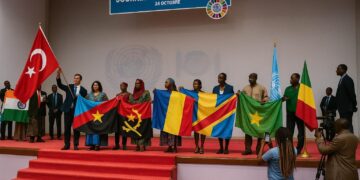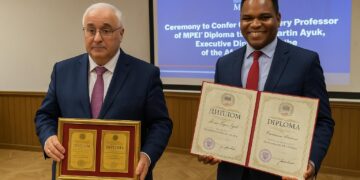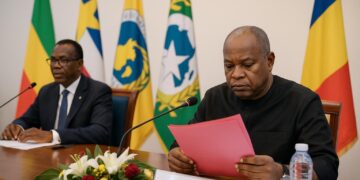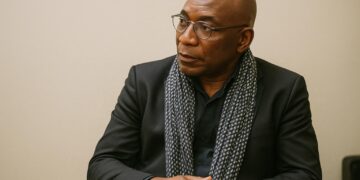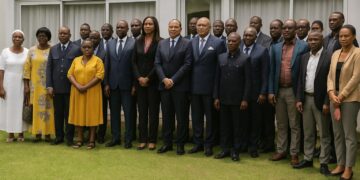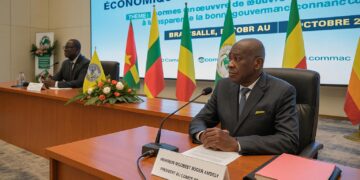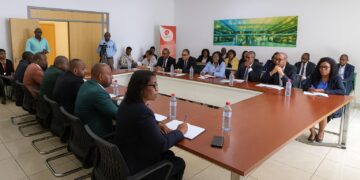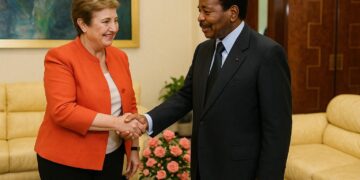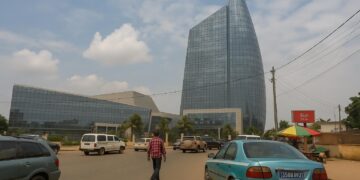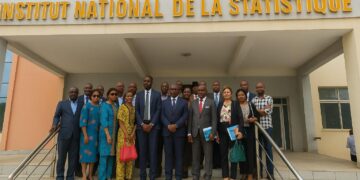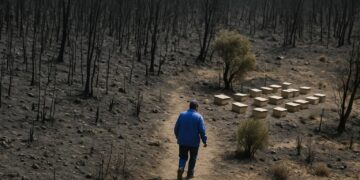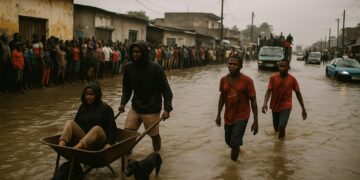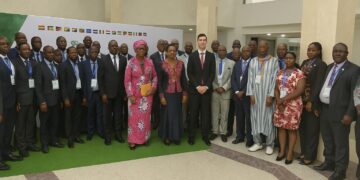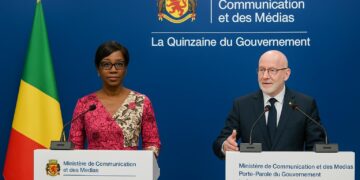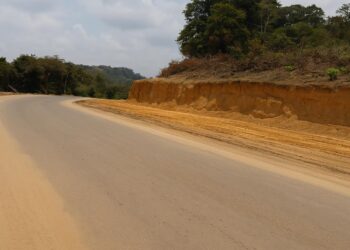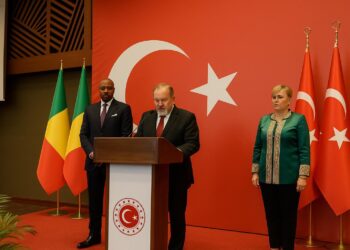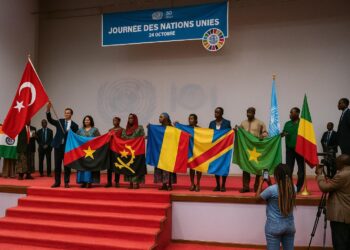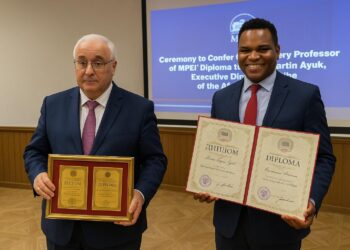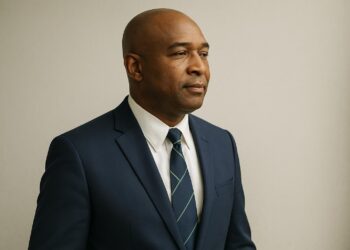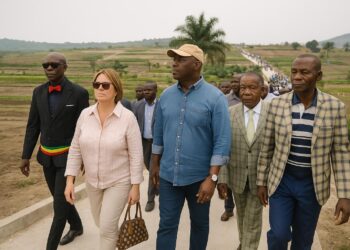Macroeconomic Glimmers Amid Global Headwinds
The latest session of the National Economic and Financial Committee, chaired by Minister of Finance, Budget and Public Portfolio Christian Yoka, offered a cautiously upbeat snapshot of Congo-Brazzaville’s economy. Initial first-quarter indicators for 2025 reveal a modest but perceptible consolidation, positioning the country to outpace the 1.5 % growth recorded in 2024. Analysts consulted in Brazzaville underline that, in a year where the International Monetary Fund now forecasts global expansion at merely 2.8 %, even incremental national gains carry strategic weight.
Petroleum Investments Reignite Domestic Momentum
Hydrocarbon activity remains the principal locomotive of Congolese GDP, yet the narrative has matured beyond crude extraction alone. Ongoing capital expenditure by major operators—chevroned by additional infill drilling and maintenance of offshore platforms—has lifted quarterly output expectations. Government officials insist that contractual stability and predictable fiscal terms account for the renewed appetite among energy partners, a sentiment echoed by regional analysts at the African Energy Chamber. Concurrently, non-oil sectors—construction, agro-processing and digital services—have displayed enough buoyancy to suggest an embryonic diversification strategy is taking root.
Inflationary Undercurrents and Monetary Posture
The Committee nonetheless conceded that headline inflation could average 3.5 % in 2025, up from 3.1 % in 2024. The anticipated uptick is attributed to imported price shocks on refined fuels and staple commodities, compounded by episodic electricity supply disruptions. Officials at the Bank of Central African States argue that the current level remains within the CEMAC convergence criterion, allowing a measured continuation of accommodative policy. Yet treasury technocrats privately acknowledge that heightened vigilance will be required should food-price dynamics prove stubborn.
Credit Expansion Signals Renewed Confidence
Commercial bank lending surged 33 % year-on-year to stand at 1 647.2 billion CFA francs by end-March, a trajectory hailed by domestic chambers of commerce as evidence that liquidity is finally permeating the real economy. Parallel to this, the central bank’s own claims edged down 1.3 %, suggesting a gradual hand-off from public to private balance sheets. On the sovereign debt front, demand for Treasury securities softened by 22.37 %, yet the outstanding stock still rose almost 7 % to 2 528.14 billion CFA francs, reflecting sustained investor trust in Brazzaville’s signature. The newly inaugurated consultation framework between the Treasury and its primary dealers is credited with smoothing issuance calendars and tempering yield volatility.
Sub-regional Dynamics in the CEMAC Space
Across the wider Central African Monetary Union, composite economic activity climbed 8.5 % in the first quarter, propelled by infrastructure spending in Cameroon and recovering oil volumes in Gabon. Even so, the region’s 2025 growth projection has been pruned to 2.4 %, while inflation is expected to cool to 2.8 %. Central bankers argue that Congo’s relative fiscal discipline—underscored by a primary surplus excluding grants—positions Brazzaville favourably within this ensemble, empowering it to spearhead future conversations on monetary coordination and reserve pooling.
Global Context Shapes Policy Calculus
Worldwide, the picture remains subdued. Revised forecasts from the World Bank and the Organisation for Economic Co-operation and Development now converge around a 2.8 % global growth rate for 2025, citing unabated geopolitical frictions and the lagged impact of tighter financial conditions in advanced economies. For Congo, which still relies on commodity receipts for fiscal oxygen, such external softness necessitates prudence. Officials stress that ongoing dialogue with multilateral lenders aims to widen the fiscal space for social spending without diluting debt sustainability benchmarks.
Strategic Continuity and Policy Outlook
Looking forward, Brazzaville’s policy architects appear intent on preserving a delicate equilibrium: sustaining the hydrocarbon-led rebound while accelerating reforms that cultivate non-oil engines. The emphasis on dialogue—between the Treasury and its market specialists, and between the government and private financiers—signals an appreciation that consensus is now a foundational economic asset. Provided inflation remains contained and global demand avoids a deeper deceleration, the Congolese economy may indeed validate the Committee’s projection of growth above 1.8 %, confirming that steady, incremental progress can be a formidable strategy in turbulent times.



